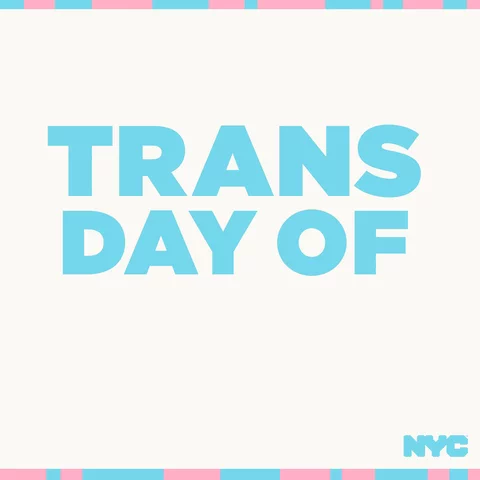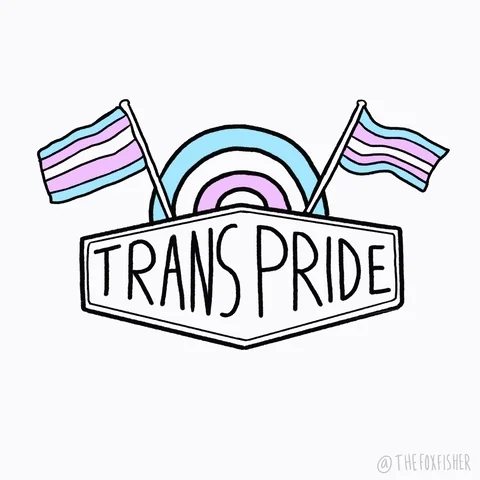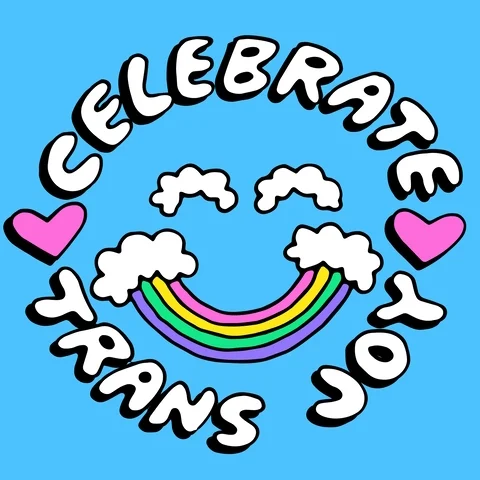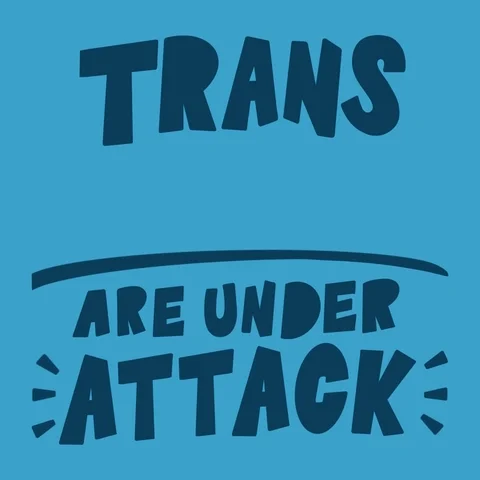
This logo isn't an ad or affiliate link. It's an organization that shares in our mission, and empowered the authors to share their insights in Byte form.
Rumie vets Bytes for compliance with our
Standards.
The organization is responsible for the completeness and reliability of the content.
Learn more
about how Rumie works with partners.
Each year on March 31st, transgender people and their allies celebrate International Transgender Day of Visibility.

This important day is meant to give visibility and voice to trans people. By understanding the meaning behind this community event, you can practice trans allyship in celebrating this day.
What is Transgender Day of Visibility?
Transgender Day of Visibility is an annual celebration and recognition of trans people. It was started in 2009 by transgender rights activist Rachel Crandall, who is herself a trans woman. She also founded Transgender Michigan's transgender helpline, the first in the US.

On March 31st, trans people and their allies share the diversity of experiences of trans people across many different backgrounds, celebrate the accomplishments of the community and individuals, and bring a focus to the discrimination and hardships faced by trans people internationally.

Quiz
Trans Day of Visibility is a (select all that apply):
Recognized every year on March 31st, Trans Day of Visibility is day, separate from the general LGBTQ+ Pride Month, focused on celebrating, learning about and being aware of trans accomplishments as well as challenges.
Why is Transgender Day of Visibility important?
Trans Day of Visibility holds a lot of importance to the transgender community. As it is one of the few days a year focused specifically on this marginalized community, it's valuable for allies to acknowledge the significance of the event.
Transgender Day of Remembrance
Prior to its founding in 2009, the other annual event focused on trans people was Trans Day of Remembrance, which is observed on November 20th. Transgender Day of Remembrance commemorates the lives of victims of violence against transgender people, especially trans women of color, and brings attention to these continued transphobic attacks to the wider public.
Transgender Day of Remembrance is still observed every year, now alongside Transgender Day of Visibility, which is a celebration of trans joy and efforts to make the world a better place for trans people worldwide.

Visibility of Transgender people
Although each year more and more people know at least one trans person, the community is still largely invisible, or only subject to negative media attention. This is true even more so for nonbinary people.
Trans people are a lot more diverse than a few celebrities, activists, and politicians who receive media attention year-round. Trans people exist in all communities, regardless of occupation, nationality, faith, age, etc. This visibility also helps young trans people know they belong.
Quiz
Mia is a young trans girl. Why might Transgender Day of Visibility be a meaningful day for her?
Trans Day of Visibility celebrates trans happiness and highlights trans people of all backgrounds. While it is a positive event, Trans Day of Visibility is also a day to acknowledge how far trans rights and equality have left to go. Trans Day of Remembrance specifically focuses on memorializing the deaths of trans people worldwide due to transphobic violence.
How can I celebrate Transgender Day of Visibility?
Whether you're trans or an ally, celebrating Transgender Day of Visibility is an excellent opportunity to support the trans community.
Three ways you can do this are by learning from trans people about their experiences, supporting trans activism in your community, and continuing to educate yourself about trans identities, experiences, and allyship.

Learn from trans people about their experiences
Trans stories are not often seen in the media, and when they are, it usually shows only a snapshot of what life is like as a trans person for that particular person.
Although trans people are more and more visible year-round, it can be powerful to set aside one day a year to engage with media (ie. books, podcasts, documentaries, etc) or attend a community-led event created by trans people.
Transgender Day of Visibility is celebrated internationally as well, so it's a great day to learn from the trans community worldwide.

Did you know?
In the digital age, many community events are hosted online, allowing you to hear about the experiences of trans people all across the globe!
Support trans activism in your community
Trans people worldwide face discrimination and hardships due to their identities, the effects of which are detrimental to their health and well-being. It can be difficult to celebrate being trans with constant transphobia.

There are many actions you can take to support trans activism. Whether that's donating time or money to a trans-led organization, supporting politicians who fight for trans rights, attending protests and signing petitions, or calling out transphobic behavior and misinformation, allyship year-round makes a difference.
Educate yourself about trans identities, experiences, and allyship
There are plenty of organizations and activists who share information about trans identities, experiences and allyship on Trans Day of Visibility, as well as yearround. Some of the more well-known ones are Stonewall, Human Rights Campaign, and GLAAD.
Rumie also has a growing list of Bytes specifically about trans and nonbinary people:
Definitions and concepts

Did you know?
If there are any additional trans-related Bytes you'd like us to create, join our Discord to share your ideas!
Take Action
Each year on March 31st, Transgender Day of Visibility offers people worldwide, whether they are trans or not, a chance to focus on trans stories, accomplishments, and challenges. What will you do this year to celebrate, advocate, and learn?

This Byte has been authored by
Anna Thompson
Tutor
MA